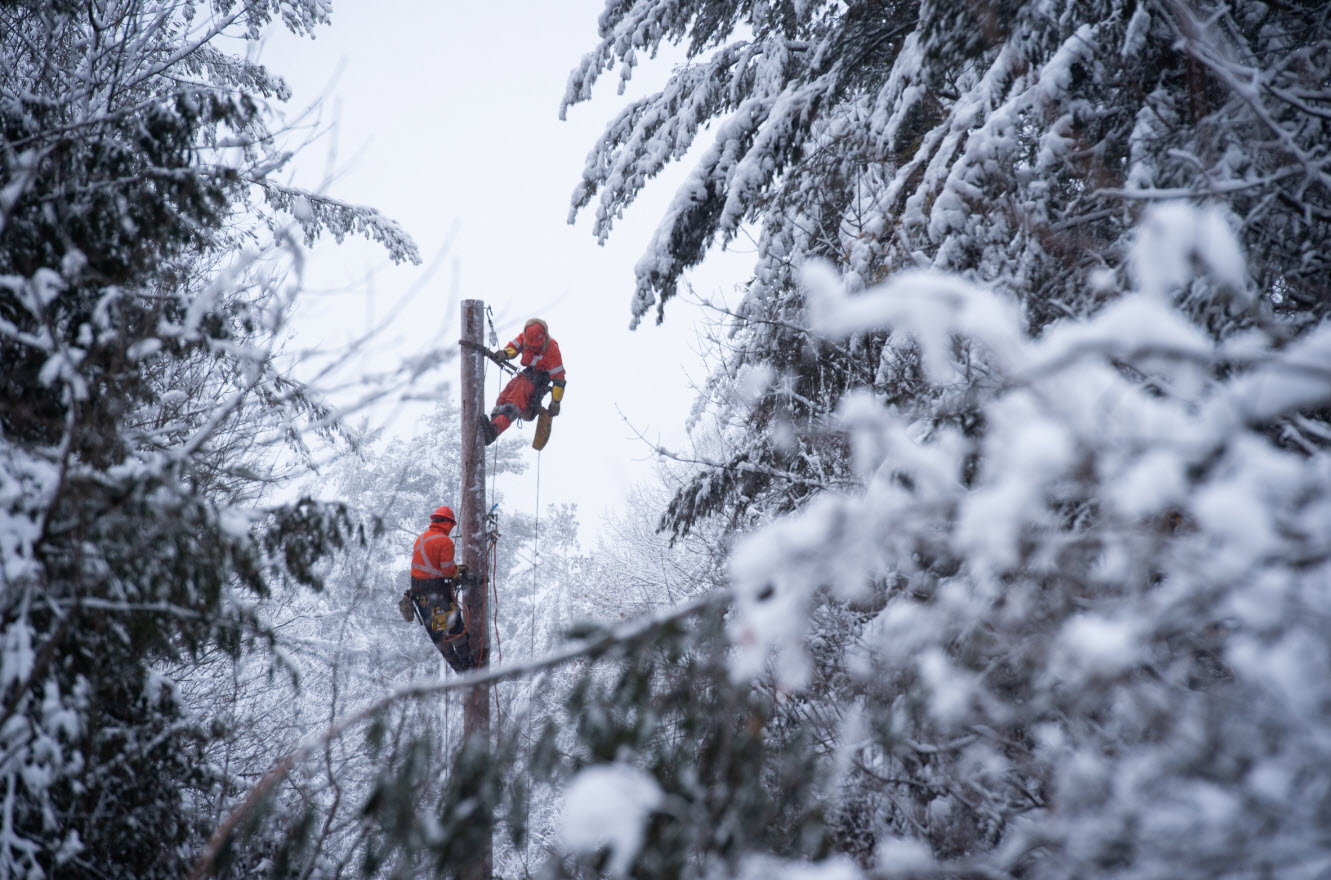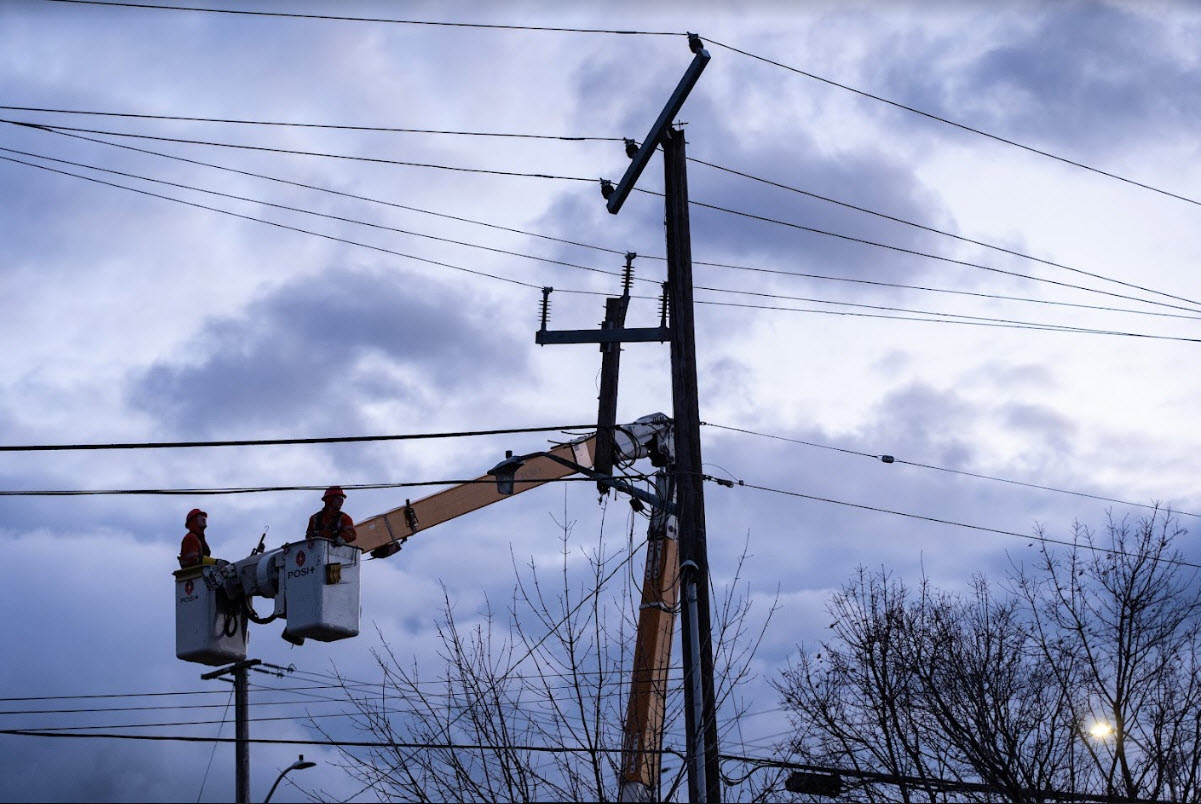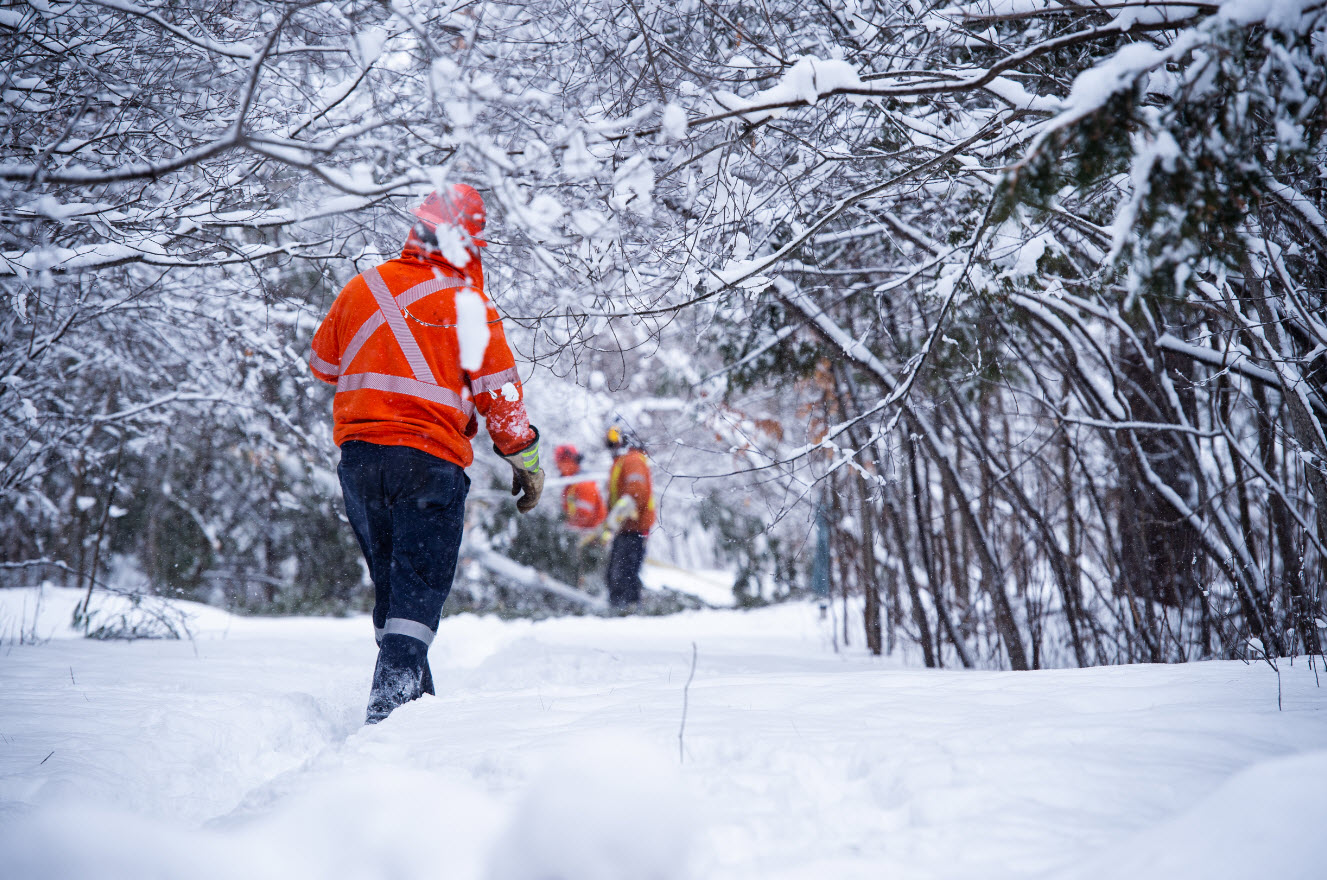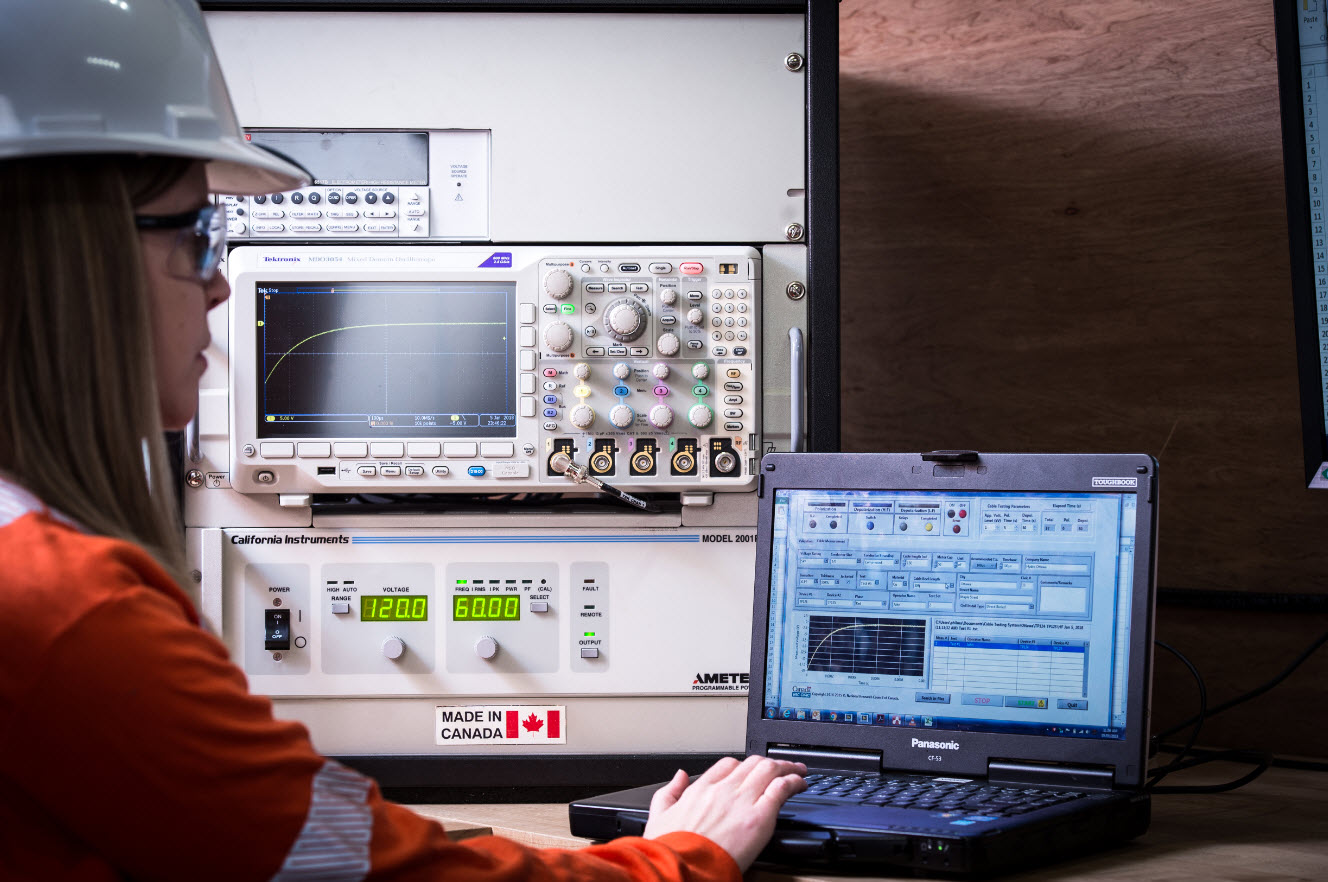In a recent Climate & Energy research article, there was an analogy that compared future proofing the electricity grid to Wayne Gretzky.
“What made Wayne Gretzky the greatest hockey player of all time was not his speed or the uncanny accuracy of his shots, but rather his ability to predict where the puck was going to be an instant before it arrived.”
The paper goes on to say that while utilities will never be able to predict the future perfectly like Gretzky, we do have the ability to anticipate events and predict patterns that can make us better prepared to protect the electricity grid from extreme weather events.
“Previously, we used to rely on 50 to 100 years of historical trends to build our plans for the future,” says Guillaume Paradis, Chief Electricity Distribution Officer at Hydro Ottawa. “When we're looking at the effects of climate change and its impact on the grid, we're seeing one-in-1000 or one-in-100 year events occurring at a frequency that far exceeds predictions. So we recognize that these weather events are the new trend and we’re building plans around them.”
From a climate and planning standpoint, Hydro Ottawa is basing its plans now on relatively recent years and events that point towards a new reality requiring contingencies to better protect the electricity grid, its systems and its customers.
Cross-checking for problems
One of these contingencies is implementing a self-healing grid. “We are leveraging automation, rapid system communication and computer analysis to quickly restructure and rearrange our distribution system in order to minimize the impact to our customers when an issue occurs,” says Paradis. “That is what a self-healing grid is. We let these tools make the preliminary decision on how best to restore power before there’s any human interaction. It’s bringing the latest and best in technology to help us restore power to our customers faster.”
If that sounds like artificial intelligence (AI), you’d be right.
As a utility, we plan decades ahead and consider Ottawa’s unique electricity needs, such as conservation opportunities, new generation, transmission from the provincial grid, and strengthening our own distribution network and infrastructure. We also look at new opportunities and innovative technology like distributed energy resources that can help build redundancy right here in Ottawa instead of relying on power sources from hundreds of kilometres away. Above all, we look at what the cost impact will be to our customers.
Further consideration is also given to meeting greenhouse gas reduction targets set by various levels of governments (plus our own goals), as well as the mass adoption of electric vehicles. We are spearheading a lot of future planning to make the electricity system as clean, and as resilient, as possible.
It all goes back to Gretzky and predicting where we need to be for the future. From what energy sources will power our electricity supply, to what kinds of challenges (like electrification) and threats (like extreme weather) we will face.
Home-ice advantage
At the beginning of the last century, it was the industrial revolution. This century is shaping up to be an electrical revolution. As more and more people electrify their cars, and eventually, their homes, what does that mean for Hydro Ottawa’s ability to ensure grid capacity?
When it comes to EVs, based on preliminary analysis, we believe that the load increase can be accommodated smartly. We’re assessing how capital investments can be prioritized, paced and optimized while minimizing rate impacts for our customers and aligning our work with the city. Our initial high-level studies and experience to date have indicated that it is generally feasible to absorb up to 25 per cent more load from EVs and their infrastructure before further capacity is needed.
“I am very confident that we’ll meet the challenge ahead of us,” says Paradis. “From an engineering and planning standpoint, we’re going to leverage technology to manage how and when electric vehicles will be charged, and their impacts in neighbourhoods across the city. I’ve seen the technologies that can be leveraged to enable that transition to a more electrified future, and I’m encouraged by what I’m seeing across the electricity industry and in the studies we are involved in.”
In 2021, Hydro Ottawa customers had power an average of 99.987 per cent of the time (99.981 per cent in 2020). Events like the May 2022 derecho can shake customers’ trust in the reliability of the system and stoke fears of lengthier power outages in the future. Paradis says that those concerns are understandable, especially as more of our lives become dependent on electricity.
Getting past the goal line
“Reliability will forever be the focus of our energy and our attention,” says Paradis. “We know our customers depend on our infrastructure now more than ever. We’re building back stronger and investing in the grid and new technology that will mitigate risk. Automation, energy storage and distributed energy resources - all of these things together will deliver that elevated level of reliability that our customers expect and our community needs.”
While buried lines may seem like an obvious fix based on the recent number of damaged poles resulting from the May storm, the answer is much more complex. Making the switch to a full underground system would come at a hefty cost because underground lines cost anywhere between $2 million and $4 million per kilometre.
“From a cost comparison standpoint, underground alternatives can be up to 11 times more expensive,” says Paradis. “When we look where to invest dollars and how best to bring power to communities, that cost component is factored in because it’s significant. That being said, we do see undergrounding as a strategic tool in improving our climate resilience, so we’re looking at certain corridors and other targeted investments to our underground infrastructure to get the most value possible for our customers.” For more about overhead versus underground wires, read our earlier blog on the topic.
While we can’t compare ourselves to The Great One, we will always do our best to anticipate what the future will be, build a strong defense, and shoot with the intention to cross the goal line.
For more of our interview with Guillaume Paradis and his thoughts on future proofing our grid, listen to the ThinkEnergy podcast here.





